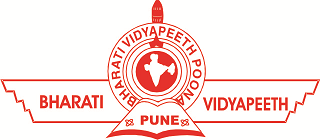INTRODUCTION
The requirement of modern days is to have an automated system that manages, modifies, and updates data accurately. This is achieved by a DBMS in robust, correct, and non-redundant way. DBMS lab aims at practicing and achieving this aim by using various software’s such as MYSQL, SQL PLUS. Database Management Systems (DBMS) are software systems used to store, retrieve, and run queries on data. A DBMS serves as an interface between an end-user and a database, allowing users to create, read, update, and delete data in the database.
DBMS manages the data, the database engine, and the database schema, allowing for data to be manipulated or extracted by users and other programs. This helps provide data security, data integrity, concurrency, and uniform data administration procedures. DBMS optimizes the organization of data by following a database schema design technique called normalization, which splits a large table into smaller tables when any of its attributes have redundancy in values. DBMS offer many benefits over traditional file systems, including flexibility and a more complex backup system.
 Objective of the Laboratory
Objective of the Laboratory
At the end of the course ,students must be able to–
- Understand advantages of database systems
- Use SQL as DDL, DCL and DML.
- Design database and manage transaction processing
- Understand object oriented & distributed databases systems and use them.
Facility
- Software used: MYSQL
- Operating System: Windows10 Pro
- No of PCs :24,
- Configuration :13th Ge intel core i9,32 GB RAM,
- Printer: HP Laser jet, M1005MFP
Staff:
- Faculty In charge: Dr. S B Kumar
- Others Faculty taking Lab: Dr. Monica Gupta
- Lab Technician: Mr. Vishwajeet Sawant

